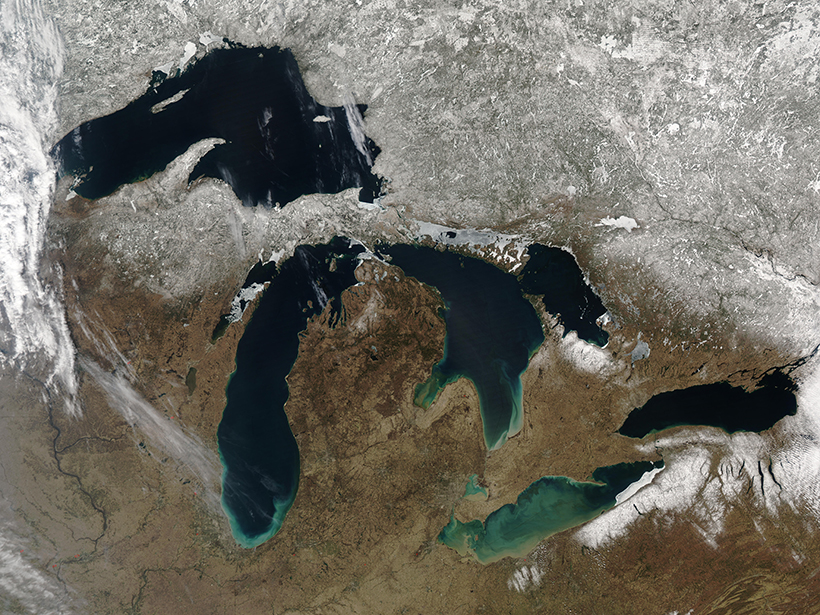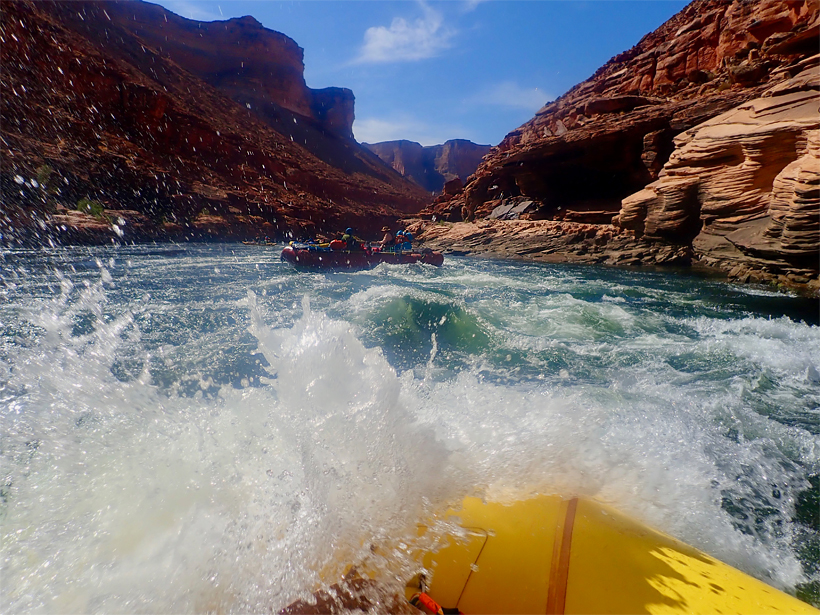Living in Geologic Time: Billion-year-old rifting events set the stage for Earth’s greatest lakes.
Living in Geologic Time
‘Living in Geologic Time’ is a series of personal accounts that highlight the past, present, and future of famous landmarks on geologic timescales.
Posted inFeatures
Lost in the Everglades
Living in Geologic Time: An unintentional adventure in the River of Grass shows how Florida has changed dramatically over 15,000 years of human habitation.
Posted inFeatures
Climbing the Occasionally Cataclysmic Cascades
Living in Geologic Time: Every one of the Pacific Northwest’s volatile volcanoes is likely to erupt again before the range goes extinct.
Posted inFeatures
Will Earth’s Grandest Canyon Keep Getting Grander?
Living in Geologic Time: Rafting through the past, present, and future of the Colorado River and the Grand Canyon.




